World Insulin Injection Day: It is important to know the technical know how of injecting insulin in the body.
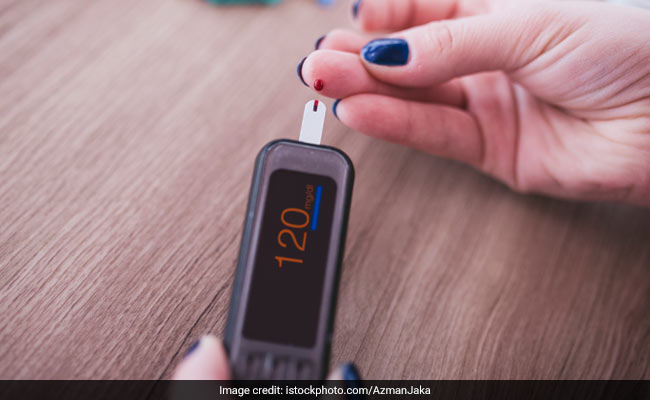
World Insulin Injection Day: Diabetic people should properly inject insulin in the body
HIGHLIGHTS
- It is important to know the technical know how of injecting insulin
- Injection site rotation is important for both insulin syringe and pen use
- Consistently use the same part of the body for your daily injections
The most common injection site for insulin use in diabetics is:-
- The abdomen (or stomach)
- The back of the upper arms.
- The upper buttocks or hips.
- The outer side of the thighs.
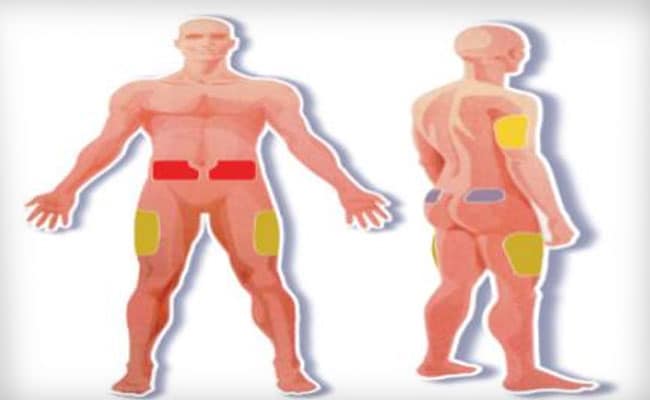
Photo Credit: Dr Sujeet Jha
Rotating Your Injection Sites
If you inject insulin three or more times a day then it's a good idea to rotate your injection sites. Injecting in the same place much of the time can cause hard lumps or extra fat deposits to develop. These lumps are not only unsightly; they can also change the way insulin is absorbed, making it more difficult to keep your blood glucose on target.
Also read: Diabetes
Follow these two rules for proper site rotation:
- Same general location at the same time each day.
- Rotate within each injection site.
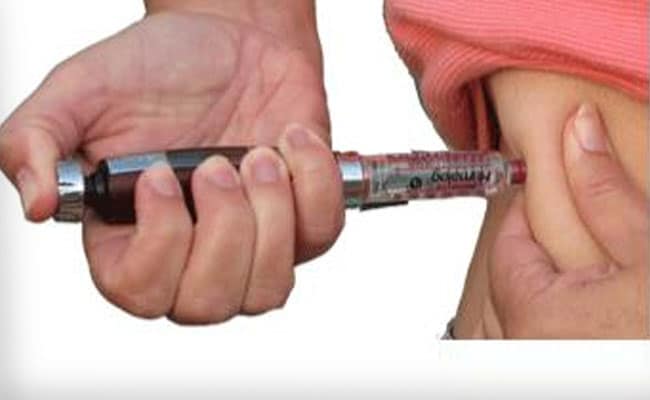
Photo Credit: Dr Sujeet Jha
Injection site rotation is important for both insulin syringe and pen users.
Same Time, Same General Location
Insulin is absorbed at different speeds depending on where you inject, so it's best to consistently use the same part of the body for each of your daily injections.
Fastest from the abdomen (stomach)
- A little slower from the arms
- Even slower from the legs
- Slowest from the buttocks
- It is a good idea to inject your breakfast and lunch bolus doses into the abdomen.
- Your supper or bedtime dose of long-acting insulin could be injected into the thigh, buttocks, or upper arm.
- If you mix two types of insulin in one shot, you can inject into the abdomen, arm, thigh, or buttocks.
- Rotate Within an Injection Site
- To avoid developing hard lumps and fat deposits, it is important to inject in different spots within a general part of the body.
- Inject at least one finger's width from the last injection.
Smart Tips for Site Rotation
- Do not inject close to the belly button.
- For the same reason, do not inject close to moles or scars
- If you inject in the upper arm, use only the outer back area (where the most fat is).
- Move to a new injection site every week or two.
- Rotate the sides (right, left) of your body where you inject within your injection sites.
- Insulin is not absorbed at the same speed at all sites
- Abdomen and thighs are the most common injection sites.
- Injection sites on the abdomen allow rapid insulin absorption.
- Injection sites on the thighs and buttocks allow slow insulin absorption.
- The effect of analog insulins is less dependent on the injection site.
- muscle as the subcutaneous fatty tissue is very thin and the injection sites are not easily accessible.
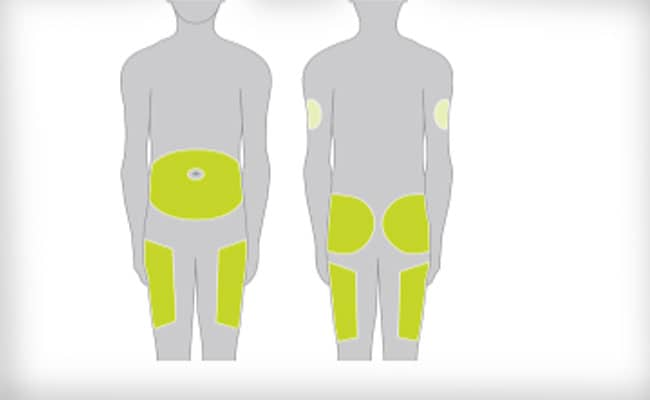
Photo Credit: Dr Sujeet Jha
- Change the injection site after every injection (rotation principle).
- The injection sites should be at least 3 cm away from the navel and apart from each other to avoid frequent injections into so-called "favourite sites" and thus leading to tissue hardening (lipohypertrophy).
Examples for the rotation principle
Example 1

Photo Credit: Dr Sujeet Jha
Example 2

Photo Credit: Dr Sujeet Jha
The correct injection technique
The insulin is injected into the subcutaneous fatty tissue
Skin
Subcutaneous fatty tissue
Muscle
To achieve a good insulin dose effect it is essential to inject the insulin into the subcutaneous fatty tissue (subcutaneous injection) and not into the muscle. If insulin is injected into the muscle, this can lead to severe hypoglycaemia.
Inject insulin into the subcutaneous fatty tissue
Do not inject insulin into muscle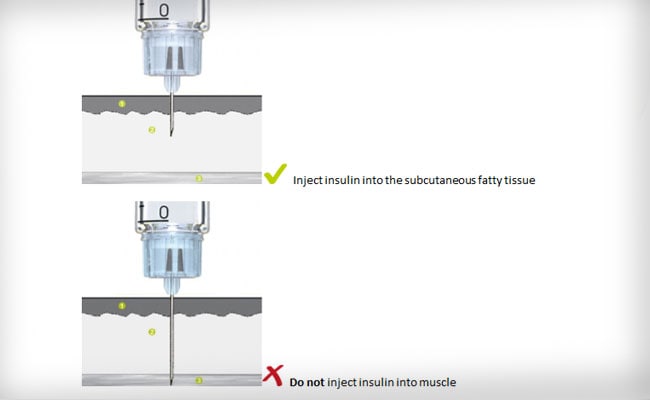
Photo Credit: Dr Sujeet Jha
The correct needle length and injection technique is crucial for correct injection
- Injections with ultra short pen needles (4 and 6 mm) provide reliable insulin delivery into the subcutaneous fatty tissue (subcutaneous injection).
- The correct needle length is crucial and is determined in consultation with your physician at the start of pen therapy.
- The choice of injection technique together with the right needle length can avoid injection into the muscle.
As a rule, the following needle lengths are recommended:
- Children and adolescents-4 or 6 mm needle length
- Adults-4, 6 or 8 mm needle length. In general, therapy tends to be started with the shorter pen needles.
The correct injection technique for different needle lengths
For 4 mm needle length
Hold the needle vertically at an angle of 90 degrees, without creating skin fold (for some children, very slim adults and when injecting into the thigh, forming of a skin fold may prove necessary).
For 6 mm and 8 mm needle length
Injection at an angle of 90 degrees with a skin fold or 45 degrees without a skin fold.
Correct forming of a skin fold
- Create the skin fold using thumb and index finger (possibly also using middle finger).
- Keep skin fold loose and relaxed. Do not press together hard, resulting in pain or turning the skin white.
- If all fingers are used, there is a risk of also including the muscle. This can lead to an undesired intramuscular injection.
Single use pen needles
Multiple use of the pen needle can lead to the following risks:
- The needle is already somewhat blunted after single use, the lubricant film can show signs of wear and the tip of the needle can be deformed:
- Injections become more painful.
- This can lead to small injuries or bruising.
- The pen needle is no longer sterile after initial use:
- Re-use is not hygienic.
- Increased risk of infections.
Insulin can crystallise in the pen needle:
- The pen needle may become clogged and a safe insulin injection is therefore no longer guaranteed.
- This can lead to dosage errors and unexpectedly high blood glucose levels.
Presence or increase in size of air bubbles in the cartridge:
- Insulin may drip out of pen needle (during storage).
- Insulin dose becomes inaccurate.
- Spare insulin should be kept in the fridge at between 4 C and 8 C , Pen in use should be maintained between 8-25 degrees celsius
- Cold insulin may take longer to absorb and cause stinging. Give the insulin at least half-an-hour at room temperature before injecting
- Insulin can be stored in earthen pot (on sand) in cold and dry place away from sun light even in a hot condition
- The insulin device or cartridge in use can be kept at normal room temperature for one month
- Keep insulin away from children
- Always check the expiry date
Disclaimer: This content including advice provides generic information only. It is in no way a substitute for qualified medical opinion. Always consult a specialist or your own doctor for more information. NDTV does not claim responsibility for this information.
DoctorNDTV is the one stop site for all your health needs providing the most credible health information, health news and tips with expert advice on healthy living, diet plans, informative videos etc. You can get the most relevant and accurate info you need about health problems like diabetes, cancer, pregnancy, HIV and AIDS, weight loss and many other lifestyle diseases. We have a panel of over 350 experts who help us develop content by giving their valuable inputs and bringing to us the latest in the world of healthcare.














